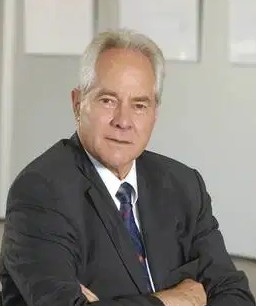
Prof. Eberhard Neumann (Germany, born in Breslau, Poland) – Honorary Guest of 6IWSM2025 is a German biophysicist and physical chemist best known as a founding pioneer of membrane electroporation—the use of nanosecond electrical pulses to create transient pores in cell membranes. While at the Max-Planck-Institute for Biochemistry, he and colleagues reported the first successful DNA transfection of mammalian cells by electroporation in 1982, coining the term and opening an entirely new route for gene and drug delivery. Appointed Full Professor of Physical and Biophysical Chemistry at Bielefeld University in 1983 and department head until 2005. Prof. Neumann built one of Europe’s leading “Bio-PC” laboratories and remains professor emeritus and group leader. His research encompasses the thermodynamics and kinetics of membrane electroporation, electrofusion, and bioelectric phenomena, combining fundamental theory with biomedical applications, such as electrochemotherapy and gene therapy. Prof. Neumann is an elected member of EMBO (1980) and has published more than 230 papers that have attracted over 10,000 citations; his three most-cited works include the seminal 1982 gene-transfer paper (>2,000 citations) and the reference monograph Electroporation and Electrofusion in Cell Biology (1989). His discipline H-index (D-index) is 47, placing him among the world’s most-cited chemists in membrane biophysics. Today, Prof. Neumann’s experimental and theoretical insights continue to underpin modern electroporation technologies, which are used in applications ranging from basic cell biology to clinical oncology, earning him universal recognition as a global pioneer and authority in the field.
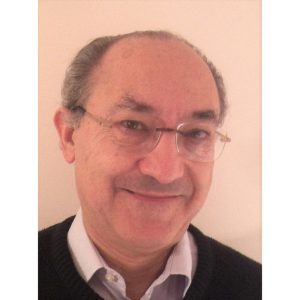
Prof. Lluis M. Mir (France) – A biologist by training from Ecole Normale Supérieure de Paris (1974-1978), Lluis M. Mir spent his entire career at the Centre National de la Recherche Scientifique (1978-2019). His field, deciphering the effects of pulsed electric fields on cells and organisms, is at the cross of several disciplines (bioelectricity, bioelectromagnetism, bioelectrochemistry). His research led to the development of new medical applications, including cancer treatment using electrochemotherapy. He was the director of the Laboratory of Vectorology and Anticancer Therapies (CNRS, University Paris-Sud and Gustave-Roussy)(2010-2019) and of the International Associated Laboratory on the Pulsed Electric Fields Applications in Biology and Medicine (2011-2018). Prof. Mir has served as President of the European Bioelectromagnetics Association (2013-2015), the International Society for Electroporation-Based Technologies and Treatments (2020-2022), and URSI-France (2022-2024). He was a Visiting Professor at the Universities of Bielefeld (Germany), Berkeley (California), and Jerusalem (Israel). Fellow of the AIMBE (American Institute for Medical and Biological Engineering) and URSI (International RadioScience Union), he was awarded three Honoris Causa Doctorates in 2018 by the University San Marcos of Lima (Peru), Buenos Aires (Argentina), and Ljubljana (Slovenia). He also received the 2017 URSI’s Balthazar van der Pol Gold Medal, the 2015 F. Reidy Award in Bioelectrics, the 2021 G. Milazzo Prize in Bioelectrochemistry, the 2023 CNRS Honour Medal, and the 2024 d’Arsonval award in Bioelectromagnetics.
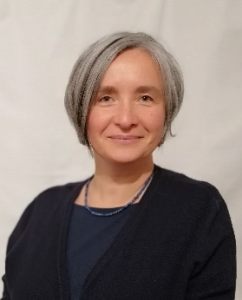
Prof. Mihaela Moisescu (Romania) is an accomplished researcher and professor of cellular biophysics. She currently serves as the Head of the Biophysics and Cellular Biotechnology Department and Research Excellence Center on Biophysics and Cellular Biotechnology within the Faculty of Medicine at Carol Davila University of Medicine and Pharmacy, Bucharest. Her research focuses on topics such as the interactions of electric and electromagnetic fields (mainly phenomena of electroporation and dielectrophoresis) with living cells (mostly interactions with the cell membrane and processes like endocytosis and mitosis). She has also been involved in several studies regarding the biocompatibility of nanomaterials for drug delivery and biophysical evaluations in hematological pathologies. She is an active member of international scientific societies, presently being the General Secretary of the International Society for Electroporation-based Technologies and Treatments (ISEBTT). Professor Moisescu has coordinated numerous research grants, and she is a co-inventor of two patents related to biomedical technologies. Her work bridges the gap between fundamental research and clinical applications, making her a distinguished figure in her field.
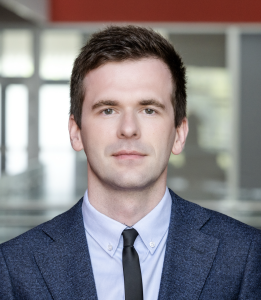
Prof. Vitalij Novickij (Lithuania) is the Director of the Institute of High Magnetic Fields (VilniusTECH) and Head of the Department of Immunology and Bioelectrochemistry (State Research Institute Centre for Innovative Medicine). He specializes in high-power electronics and electromagnetic radiation and its effects on biological objects, with a high focus on electroporation in the context of drug and gene delivery. Since 2013, he has co-authored more than 100 scientific publications (CA WoS) and developed 10+ various high-power generators for biomedical applications. Some of the developed generators right now are distributed to 7 laboratories worldwide, including the University of Ljubljana, Wroclaw Medical University, Old Dominion University, University of California, etc. The applied electroporation research is performed on all pre-clinical levels (in silico, in vitro, in vivo) with a wide array of national and international partners. Prof. Novickij is happy to consider new post-docs or potential PhD students who are interested in drug & gene delivery facilitated by pulsed electric and magnetic fields.
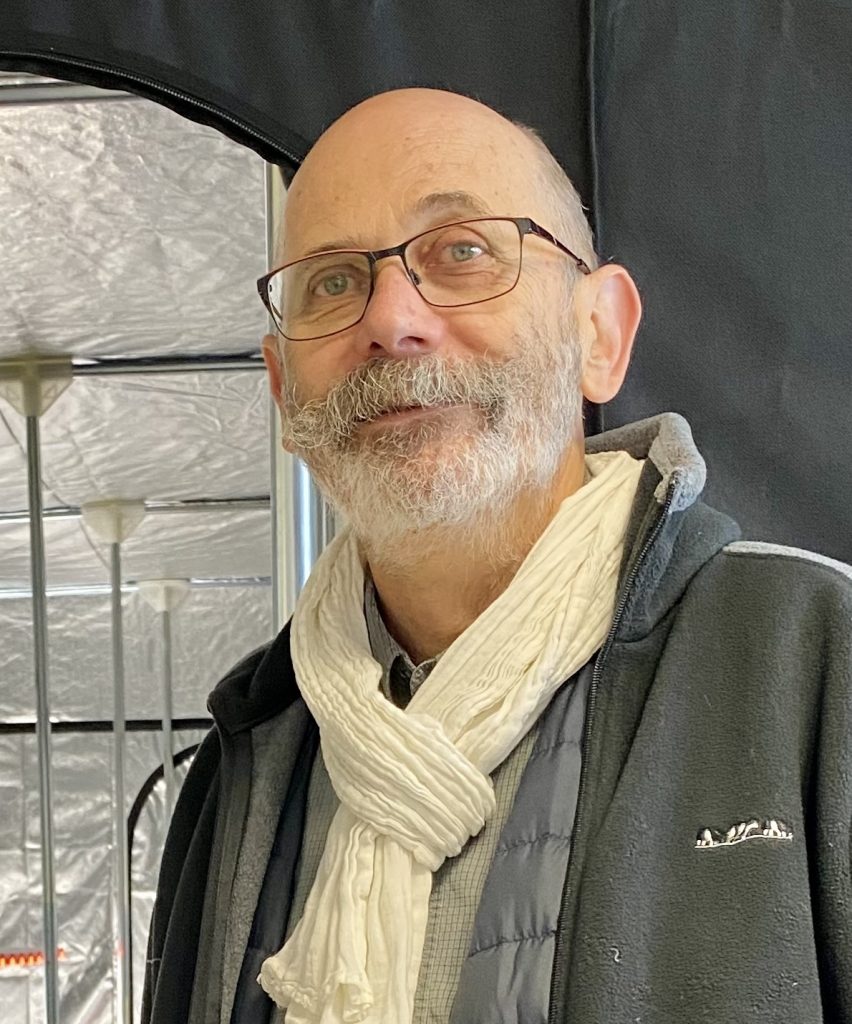
Christian D. Muller, (France), Dr. ès Sciences and PhD in cellular and molecular pharmacology, CNRS senior scientist, led as founding director, eBioCyt UPS1401-unistra, created in 2012 at the Faculty of Pharmacy of the University of Strasbourg, for four years (France). He graduated with a PhD in pharmacology in 1983 and was appointed by the CNRS on his first candidature the same year. After his habilitation (Docteur ès Sciences) in 1989, he held a 2-year post-doc at Stanford University, in the Syntex Research as a research associate (Palo Alto, CA, USA). After earning his habilitation (Docteur ès Sciences) in 1989, he completed a two-year postdoctoral fellowship at Syntex Research in the Stanford University area (Palo Alto, CA, USA), where he served as a research associate. Upon returning to France, he joined the Faculty of Pharmacy and established the cytometry core facility of the federative institute IFR85 „Gilbert Laustriat”. In 1996, CD Muller co-founded Antibody Solutions, a biotech company still active in California. His cytomic plate-form (with 3 capillary cytometers and 1 adherent cell cytometer) was nominated in 2007 as the 1st European Excellence Center by Guava/Millipore/Merck USA. For 10 years (1997-2007), he was an elected member of the board of the French Association of Cytometry (AFC). In 2016, he joined with his platform the Institut Pluridisciplinaire Hubert Curien, CNRS unit UMR 7178, in the faculty of Pharmacy in Strasbourg, where he continued his work in cytomic applied to cancer. Upon his retirement from the CNRS in 2022, he co-founded PearlBiosystem SAS and currently serves as its Chief Scientific Officer (CSO). He has authored 136 peer-reviewed scientific articles plus 7 articles in books.
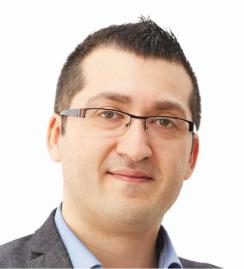
Ignazio Caruana (Germany) is the Head of the Cell and Gene Therapy Lab and principal investigator at the University Children’s Hospital of Würzburg in the Department of Haematology, Oncology and Stem Cell Transplantation. Since the beginning of his formal studies, Dr. Caruana has developed a fascination for translational medicine in the field of oncology and haematology. He received his degree in Biotechnology from the University of Pavia, where he investigated the role of B cell reconstitution and the impact of donor/recipient chimerism after hematopoietic stem cell transplantation. He completed his PhD and postdoctoral training in the center of cell and gene therapy at Baylor College of Medicine in Houston, developing new strategies to improve the efficacy and persistence of Chimeric Antigen Receptor (CAR) T cells in the setting of solid tumours. In 2015, he moved back to Italy to further implement and translate this technology. At Bambino Gesù Children’s Hospital, he founded his own group and won various grants, including a Start-Up grant from “Associazione Italiana Ricerca sul Cancro”. So far, he has been involved in the development and management of two clinical trials using CAR T cells for the treatment of refractory and relapsed GD2+ solid tumors and CD19+ malignancies in the pediatric setting.
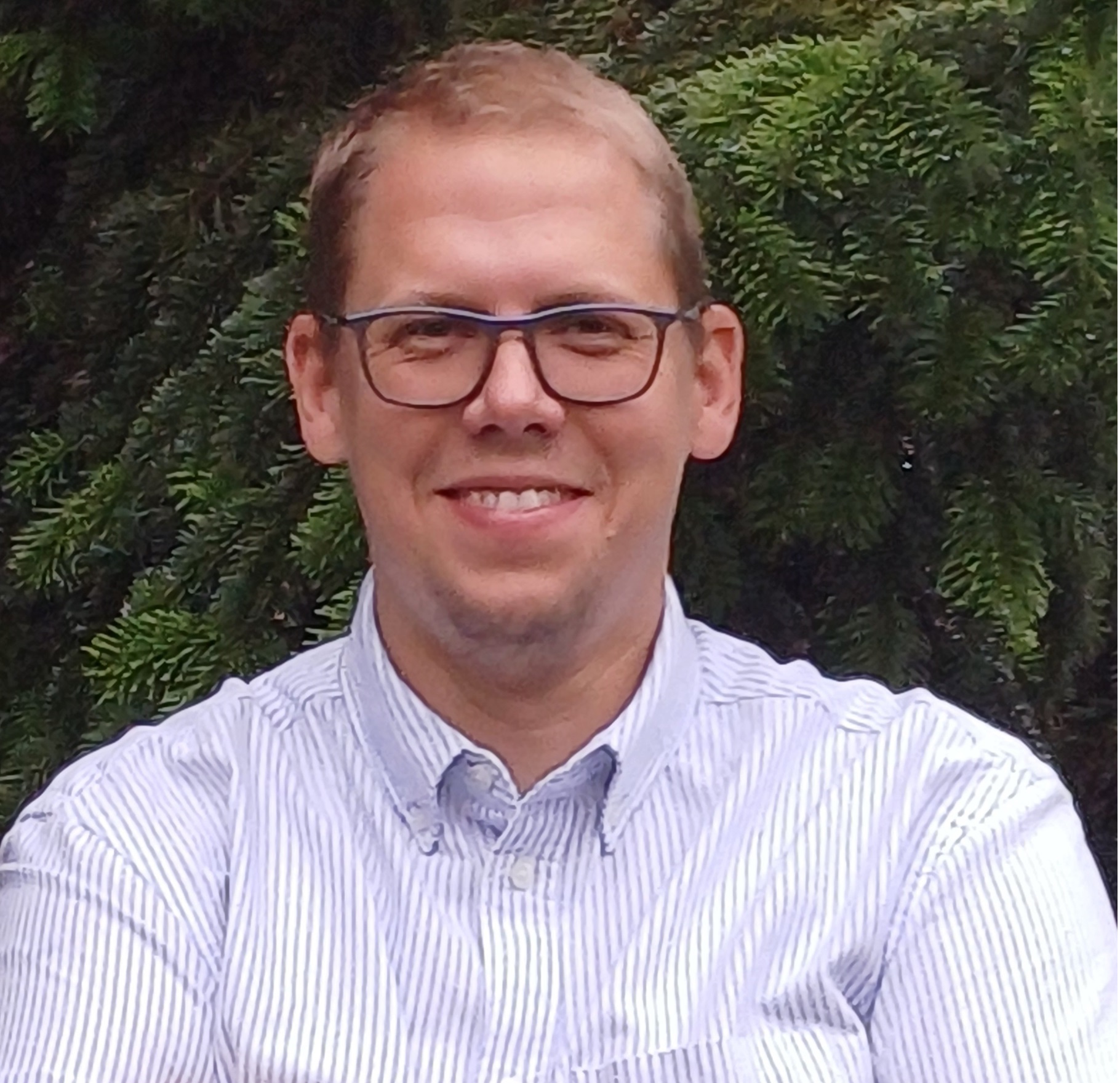
Bartosz Krajnik received his M.Sc. (2009) and Ph.D. (2013) in Physics from Nicolaus Copernicus University (UMK) in Toruń. He spent three years as a postdoctoral researcher in the group of Prof. Johan Hofkens at KU Leuven (University of Leuven). In 2016, he joined the group of Prof. Artur Podhorodecki at Wrocław University of Science and Technology, where he has been developing a laboratory focused on super-resolution microscopy and single-molecule/nanoparticle spectroscopy. He has received several grants and fellowships, including the WELCOME Ph.D. fellowship, Team Rector’s Award for Excellence in Research, Mobility Plus (3rd edition) fellowship, FUGA (5th edition), SONATA (16th edition) grants, and the Mozart fellowship. His research interests include single-molecule spectroscopy, super-resolution fluorescence microscopy, and the development of novel microscopy techniques. He has built numerous custom optical systems, primarily various types of fluorescence microscopes. Beyond his academic work, Bartosz Krajnik collaborates with industry as a consultant and system designer, creating and implementing a range of optical solutions. His latest challenge involves participation in a consortium aiming to develop a real-time monitoring system for microplastic pollution levels.
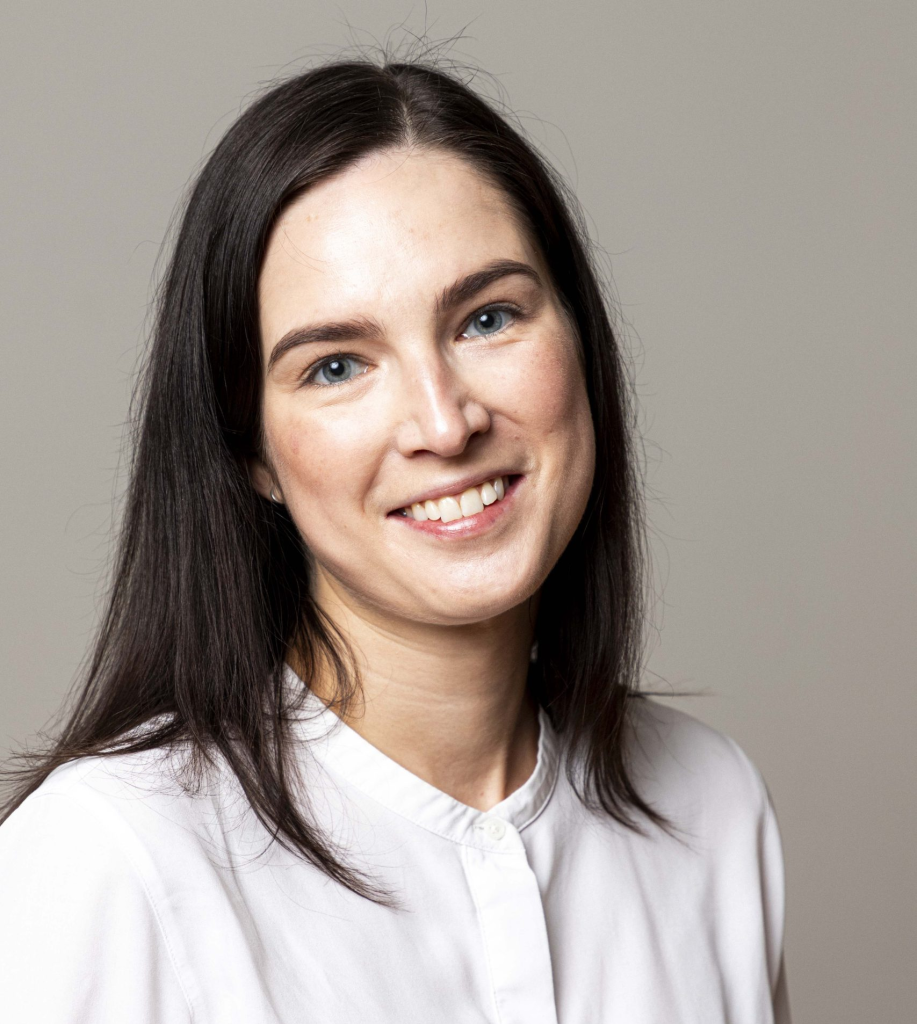
Dr. Kristine Vaivode has evolved a high scientific capacity through dedicated training in molecular biology with an emphasis on cancer research. She has an impressive academic journey, starting with a bachelor’s degree in Medical Genetics from Queen Mary University of London, followed by two master’s degrees – the first in Medical Microbiology from London School of Hygiene and Tropical Medicine (LSHTM) followed by Immunology master’s from King’s College London (KCL), and culminating in a PhD in Immunology from KCL. During her master’s at LSHTM, she developed solid technical skills in cell culturing and basic immunological methods while working at the Latvian Biomedical Research and Study Centre (BMC) on projects in melanoma and by investigating immunomodulatory properties of double-stranded RNA molecules. Her doctoral thesis focused on the de novo identification of human type 3 dendritic cells. It contributed valuable insight into immune cell functionality, establishing her as an expert in dendritic cell biology. Currently, as a researcher in Prof. Pjanova’s group at Riga Stradins University, she explores the impact of double-stranded RNA on macrophages.